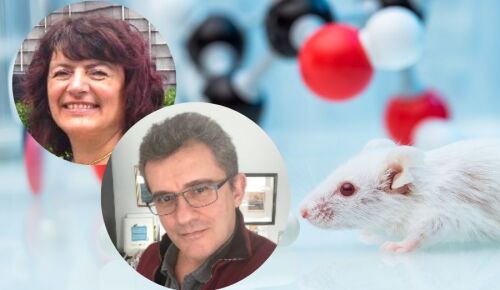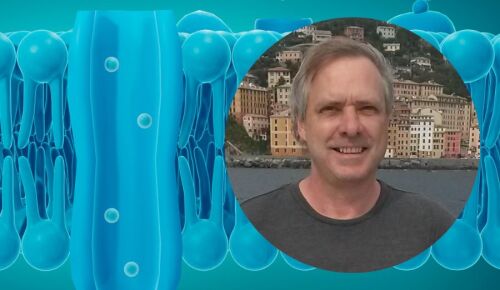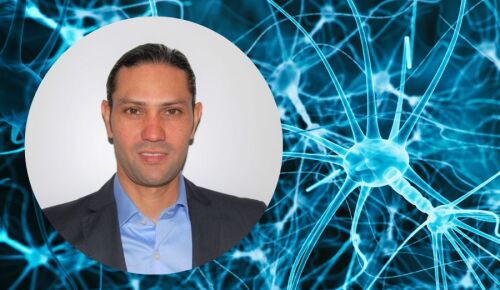Cure CLCN4 Pilot Grant Program:
Meet the Recipients
We are pleased to announce the recipients of our recent pilot grant call, awarding a total of £150,000 to advance the understanding of CLCN4-related condition. We received a number of strong proposals, and while we have selected a few for funding, we want to express our appreciation to all applicants for their dedication and effort. Continue reading to meet the awardees and learn about their projects!
Looking for a family-friendly, jargon-free description of the funded projects? Then click on the button below!
Dr. Yann Herault & Dr. Tania Sorg (IGBMC, France)
“Deciphering the consequences of CLCN4 loss-of-function & gain-of-function in rats to better understand CLCN4-related neurodevelopmental condition”
With the support of Cure CLCN4, Dr Yann Herault and his group successfully generated a Clcn4 loss-of-function ‘knockout’ and an A549V gain-of-function ‘knockin’ rat line. Now, they will assess the suitability of the rat lines as animal models of CLCN4-NDC by conducting detailed phenotypic characterisation of hemizygous males and heterozygous females, using a test battery, covering behaviour, physiology, and organ function. Overall, this project will evaluate how well the rat models fit with the clinical spectrum of CLCN4-NDC and determine their usability for future research on the pathophysiology of CLCN4-NDC.

Dr. Michael Pusch (Istituto di Biofisica, Italy)
“Understanding the functional consequences of novel CLCN4 variants using multifunctional analyses – from biophysics to subcellular trafficking”
Dr. Michael Pusch and his group aim to deepen our understanding of CLCN4-NDC by investigating emerging CLCN4 variants, using electrophysiological, biochemical, and immunohistochemical methods. These studies will provide essential insight into causality and molecular mechanisms of dysfunction. Additionally, they will explore interactions between ClC-4 and ClC-3, encoded by the CLCN3 gene, and with which it forms heterodimers to facilitate endosomal sorting of ClC-4, to uncover the potential dominant effects of CLCN4 variants. This research will not only provide crucial insights into the basic biology of the condition but also support patients with first-line information on emerging variants as well as lay the groundwork for future therapeutic interventions.

Dr. Raul Guzman (FZ Julich, Germany)
“Electrophysiological examination of neuronal electrical activity in rat Clcn4 KO and Clcn4 A549V hippocampal cells”
Dr Guzman and his group aim to explore the role of ClC-4 in neuronal connectivity and action potential formation, and how neuronal electrical events are disturbed during pathophysiological conditions. They will use the newly engineered Clcn4 rat models to describe the cellular roles of ClC-4 in neurons and link them to their transport properties. Using acute hippocampal slice preparation and patch-clamp electrophysiology, they will assess the firing pattern and action potential properties of hippocampal neurons from CLCN4 KO and CLCN4 A549V KI rats. The data produced will help clarify the role of ClC-4 in the brain, an essential step in better understanding CLCN4-NDC and the development of potential therapeutic options.

Corporate Foundation Sponsors

